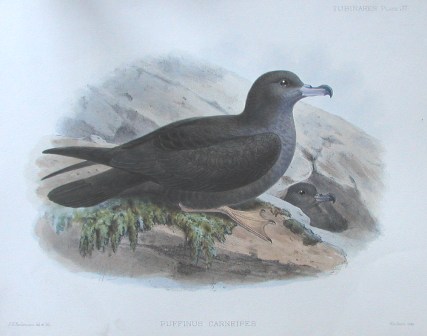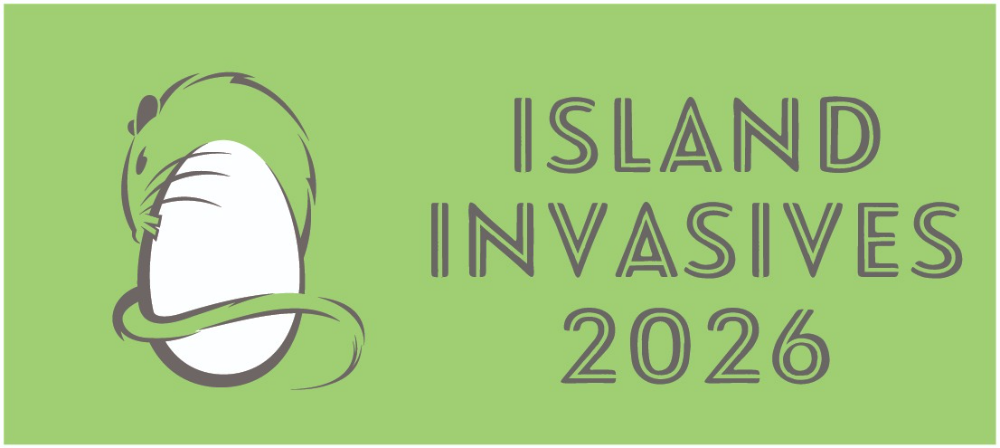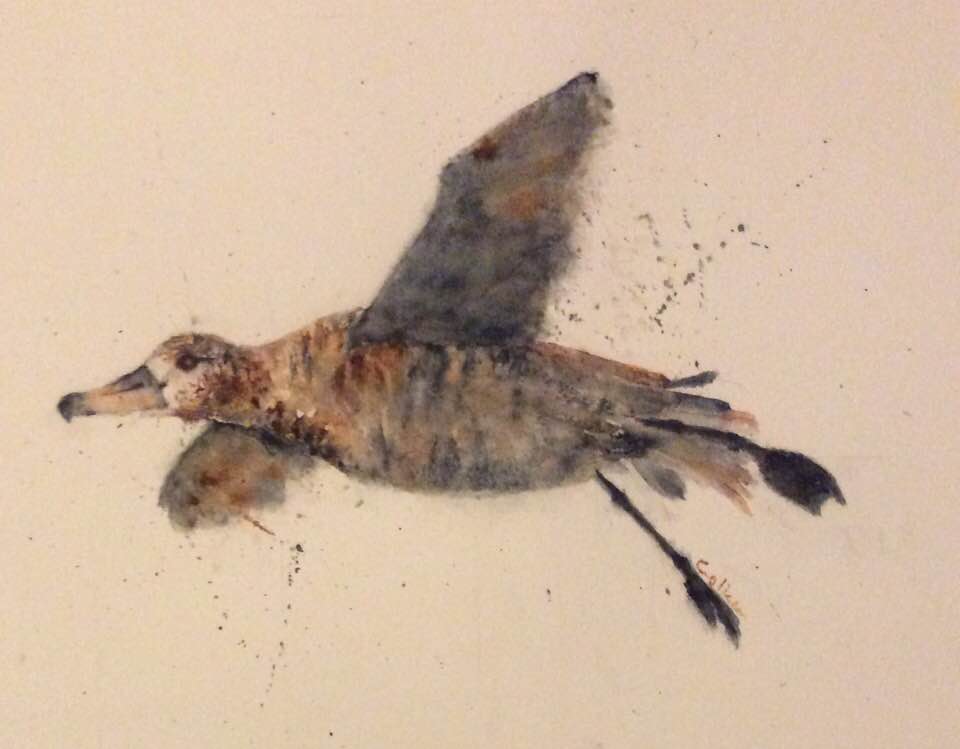 Amsterdam Island with the French surveillance frigate, Floréal, photograph by the Marine nationale
Amsterdam Island with the French surveillance frigate, Floréal, photograph by the Marine nationale
ACAP Latest News has previously reported on the January wildfire that caused the evacuation of the personnel manning France’s Amsterdam Island in the southern Indian Ocean, and the plan to send an inspection team in late February. With the help of Google Translate, information is now available on what the inspection found in relation to the island’s seabirds, as summarized below.
- The fire is still burning in more than 20 “hotspots”, with nearly 55% of the island now burnt and most of the island's Phylica arborea woodland affected.
- An expert assessment carried out at the Pointe Bénédicte site, where the first flames were observed, has not yet determined the cause of the fire.
- The Entrecasteaux cliffs, a breeding locality for the Endangered Indian Yellow-nosed Albatrosses Thalassarche carteri and Endangered Northern Rockhopper Penguins Eudyptes moseleyi, have as yet not been burnt.
- Only one nest of the endemic and Endangered Amsterdam Albatross Diomedea amsterdamensis was located within the fire's reach. “The laying period for the next [2025/26] breeding season is underway. If the fire stops its spread and does not further impact the breeding area, the impact on the Amsterdam Albatross should remain low” (in translation).

Smoking hotspots on Amsterdam Island, with the Martin-de-Viviès base in the background, photograph by TAAF-SDIS
A further inspection and necessary repairs to the Martin-de-Viviès base are planned to take place in April. A decision will then be made as to iwhen the island is to be reoccupied.
With thanks to Maëlle Connan.
John Cooper, Emeritus Information Officer, Agreement on the Conservation of Albatrosses and Petrels, 14 March 2025

 English
English  Français
Français  Español
Español  Flesh-footed Shearwater, hand-coloured lithograph by
Flesh-footed Shearwater, hand-coloured lithograph by 
 The 15th International Effects of Oil on Wildlife Conference (
The 15th International Effects of Oil on Wildlife Conference ( Papers are invited for presentation at the
Papers are invited for presentation at the 